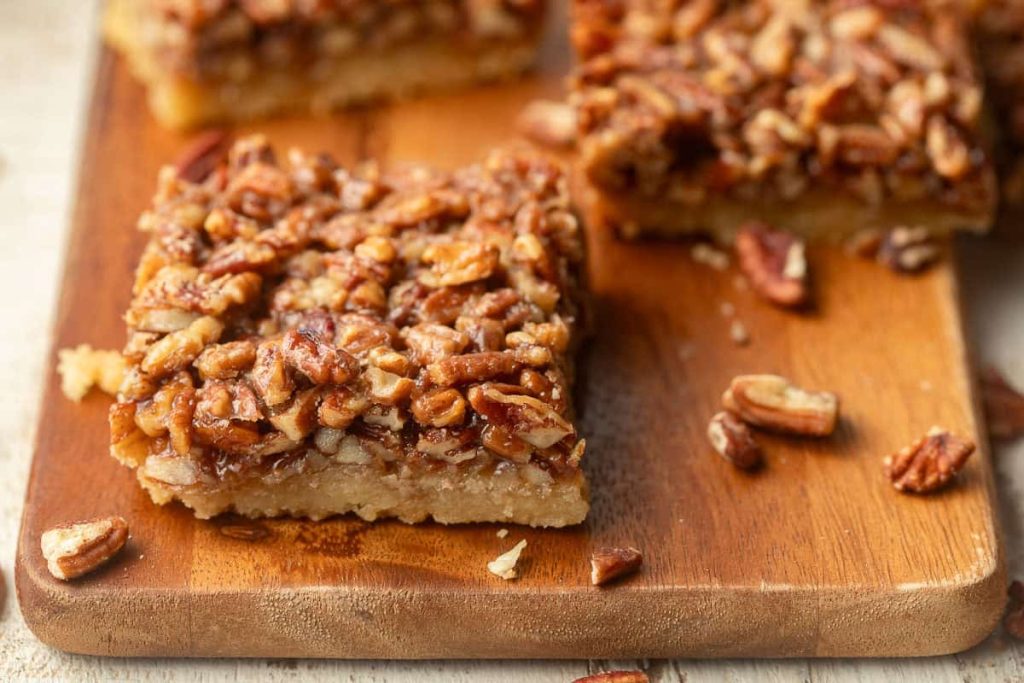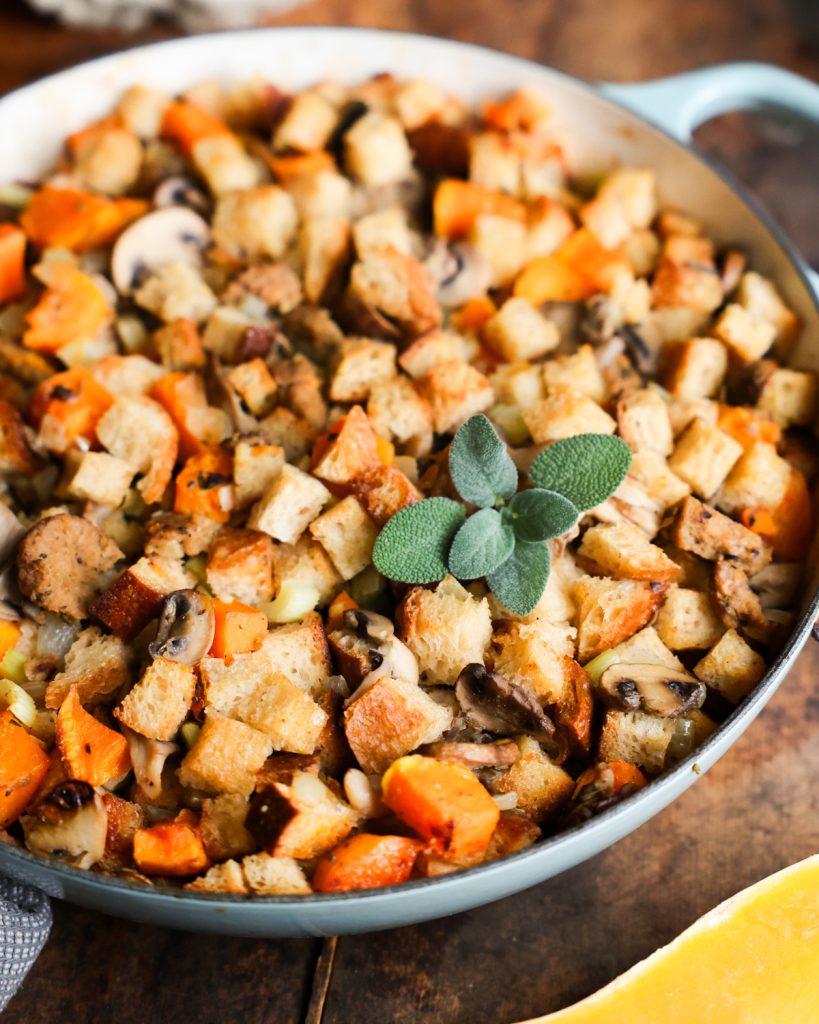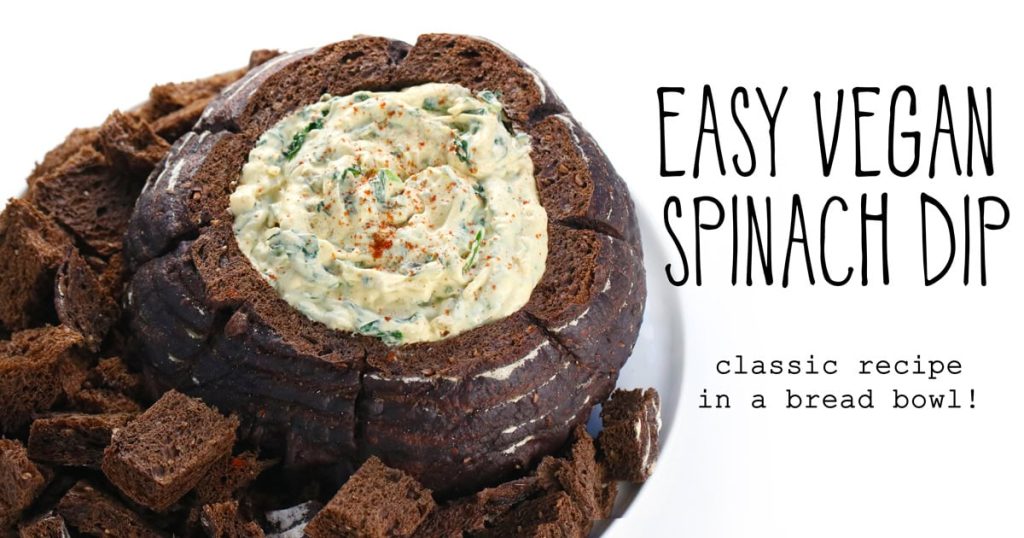Back in December, I was diagnosed with h pylori, a serious bacterial infection in the stomach that causes ulcers.
You can read my original post here, or watch my video on Instagram here.
HERE’S THE GOOD NEWS: My recent stool test came NEGATIVE for h pylori!!
This means my treatment protocol worked!! (I’ll share what I did EXACTLY below)
Eradicating H pylori, and subsequently healing the ulcers caused by them, eliminated several of my digestive pains and symptoms.
UNFORTUNATELY, it did not eliminate all of my tummy troubles 🙁 🙁
SYMPTOMS
Symptoms I STOPPED HAVING after H pylori treatment: persistent stomach aches, dull pain, burning pain in the abdomen, severe abdominal pain (“lightning” shocks that tore through me), “fire in the belly” burning sensations, SEVERE abdominal pain when my stomach is empty, black/tarry stools, rotten onion smelling stools, nausea, loss of appetite, extreme fatigue, chronic lower back pain, insomnia (due to pain), hiccups, burping, bloating after meals, headaches, unusual weight fluctuations, feeling like I have the flu (especially after a BM), skin itchiness (mostly around my ribs), and others I’m forgetting.
Symptoms I am still having: A GIGANTIC HUGE BALLOON BELLY (severe bloating/distention), persistent constipation, a general inability to empty bowels daily, and nausea/low back pain/leg swelling if I am constipated for multiple days.
The new GI I’m seeing said my big belly was the result of chronic constipation. He explained that food is literally stuck; fermenting in my gut, and that fermentation causes gas, which is trapped, hence the huge balloon belly.
HOW *I* AM CONSTIPATED is a real head-scratcher.
I eat well over 70g of fiber per day and drink a minimum of 50-ounces of water. My diet is primarily vegetables for crying out loud!
My high fiber diet is part of the problem, however.
My GI said because I eat so much fiber, that causes even more fermentation and bloating. He said a high fiber diet is great IF you’re not already constipated. Adding fiber on top of constipation, however, is asking for pain, he explained.
HOWEVER, he didn’t recommend a low fiber diet as that too would make things worse.
My GI felt I needed a total “reset.” That is, I needed to completely clear my bowels and start again to end this vicious cycle.
He prescribed a laxative that I took twice a day (AM and PM). If that didn’t work after a couple of days, I was going to take a colonoscopy prep kit that clears your bowels.
Fortunately, after 5 days of the double dose, things cleared out. I continued with the regimen for another week or so, based on my doctor’s orders. (Mostly he wanted to make sure I was having daily movements for a while and once I was, we eased up on the “help.”)
As for “why” I was constipated to begin with, My GI said it could be an “overgrowth” of “bad bacteria” due to the h pylori infection or antibiotics, or both, or it could just be that my system was stuck in a negative loop cycle from having so much distress for YEARS.
I also paid a small fortune ($1,106) for two additional independent allergy/food sensitivity tests.
The tests completely contradicted each other. For example, one test identified almonds as an “allergy” while another said I had no reaction to almonds and the other said I needed to eat more almonds to heal my gut.
H PYLORI TREATMENT PLAN
- Antibiotics
I took the ‘standard’ antibiotic cocktail given to patients with h pylori: clarithromycin, metronidazole, and amoxicillin.
I took this ‘triple threat’ for 14 days. Note: Some h pylori are resistant to these antibiotics, but my GI Map test showed I wasn’t resistant. For me, this another benefit of the GI Map (discussed in this post).
HOW DID I FEEL ON ANTIBIOTICS? Other than feeling very, very tired, I didn’t feel too bad on antibiotics. I did have some diarrhea, but after years of constipation, it felt like a reward.
- Probiotics
Several clinical trials that indicate probiotics can reduce the side effects of H. pylori treatment and increase overall efficacy. Related study 1. Related study 2.
I took this strong probiotic 2x daily. I also like their women’s formula and was taking it for a few months prior to my diagnosis.
I also subsequently added Florastor to my regimen after a colleague sent me a study showing that Florastor helps during antibiotic treatment. (Note: It wasn’t until I’d been taking Florastor for a few days that I realized it’s not technically vegan… oh well).
- Plain, unsweetened vegan yogurt
Several girlfriends warned me, “eat yogurt on antibiotics or you’ll get a yeast infection!” so I complied.I choose UNSWEETENED for many reasons, but the main two being: 1) sugar selectively feeds the bad bacteria in your gut (and I didn’t want the bad bacteria in my gut getting any more “help”) 2) sugar in the diet negatively affects gut transit time, bile acid metabolism, and bacterial fermentation, according to this study.
As someone who was suffering from chronic constipation and extreme bloating/distention, I didn’t want to eat anything that made my GI process things even slower!
Brands I ate: SO Delicious unsweetened coconut milk yogurt (plain or vanilla), Cucina plain unsweetened, and Kite Hill’s unsweetened Greek-style yogurt (plain or vanilla).
- Mastic Gum
Mastic Gum is the “woo woo” “alternative” treatment for H pylori. The research on whether or not mastic gum can actually eradicate an h pylori infection is both limited and mixed in my opinion, but what I did gather from reading the different studies is that patients who take mastic gum WITH antibiotics typically have the best success rates.
There is also some (independent) evidence that mastic gum can help ease the pain of stomach ulcers, which people with h pylori typically have (and I did) so I took it to “double my odds” and as a potential “pain reliever.” I think it helped and took MG for an additional 2-3 weeks after I finished the antibiotics.
- Antacids
I didn’t take these because I couldn’t find any without questionable ingredients, but my GI doctor recommends them during treatment to help soothe all the pain.
THE H PYOLORI DIET PLAN
Let me be super clear on this fact: YOU CANNOT TREAT AN H PYLORI INFECTION WITH DIET ALONE.
H pylori is not a diet-related illness. h pylori is a bacteria. I had a bacteria infection. The best course of treatment for any severe bacteria infection is antibiotic treatment. Kale can’t cure sepsis.
HOWEVER, there are some foods that can help ease your symptoms and assist your fight against the infection. There are also some foods that can make your symptoms feel even worse.
For what it’s worth, I DID try every diet you can imagine prior to my diagnosis looking for relief. Nothing “worked” or “cured” me. You can read about my extremely limited diet/special diets I tried previously here.
In addition to the elimination diets, I also tried water fasting, which made my symptoms 10,000 times worse (I’m barely exaggerating).
Since people with ulcers tend to feel more pain when their stomach is empty, it isn’t all that surprising that having a perpetually empty stomach was pure agony for me. I also recently found one study and a few articles about fasting during Ramadan and that it wasn’t recommended if the practitioner has an ulcer. Intermittent fasting (fasting 16 hours, eating 8 hours) didn’t help but wasn’t as painful as the water fast. Waiting 4 hours between meals also didn’t “help” and did make my symptoms worse.
OVERALL, I found eating small amounts (e.g., 6-oz of yogurt with a few berries, oatmeal with 1/2 bananas, 2 cups of soup) every 1-2 hours was the gentlest option for fueling myself. more details below >>>
THE H PYLORI & ULCER TREATMENT DIET
- EAT BROCCOLI. Eating a lot of broccoli sprouts has been shown to help fight h pylori infections in humans and mice. (70g of broccoli a day is recommended for the best results).
- FOLLOW A LOW ACID DIET which eases/reduces the symptoms caused by having ulcers (which are caused by the h pylori infection).
The Low Acid Diet is simple: Avoid foods that cause an acid release in the stomach. Basically, anything that is known to cause heartburn (acid reflux) should be avoided such as fried and fatty foods, spicy anything (this includes mustards and vinegar), citrus, coffee, alcohol, soda, processed meats, processed grains, dairy, and acidic fruits (e.g. blueberries).
I followed the low acid diet for 4 weeks to reduce the pain/symptoms caused by the ulcers (caused by the h pylori infection) and to also help my body HEAL the ulcers once the infection causing them was gone.
I abandoned my breakfast/lunch/dinner routine completely and ate small amounts of food every 1-2 hours. I also stopped eating 3-4 hours before bedtime.
Examples of my meals below >>>
- EAT LIKE A BABY
Soft, pre-digested foods like hummus, mashed potatoes, and applesauce are gentle on a torn-up tummy.
Raw vegetables and large servings of anything are likely to cause extreme pain. Boiling vegetables is recommended during treatment to help with digestion and avoid any possible pathogens. It may also be helpful to avoid salt, but that recommendation is a stretch.
In terms of actual studies, fermented foods (e.g. miso, tempeh, kimchi, sauerkraut) and turmeric have been shown to help treat ulcers. Fermented foods may also help prevent reinfection, according to this study. Ditto for omega-3 rich foods, according to this study.
EXAMPLES OF MY “MEALS”
- hot cereal
- spoonfuls of coconut milk yogurt
- buckwheat porridge
- cooked quinoa (about 1/3-cup)
- 1/2 mashed sweet potato
- mashed potatoes
- 1/2 banana with a little almond butter
- boiled red potatoes (about 2-3 potatoes)
- canned pumpkin with cinnamon
- yummy tummy broth
- applesauce
- pureed soups (e.g. butternut soup, creamed carrot soup, leek-potato soup, pureed lentil soup)
- rice noodles
- a large brazil nut
- rice pudding (overcooked rice with almond milk)
- hummus (blended chickpeas, garlic, broth)
- refried beans (mashed up pinto beans, no seasonings)
- cooked spinach
- cooked zucchini
- 1/4 cup lentils from a can rinsed very well
- boiled carrot (about 1 carrot)
- 1/5 block cubed tofu
- 1-2 biscuits made with GF flour
- 1-2 buckwheat pancakes
- boiled collard greens (about 1 cup)
- 1 cup soy milk (for drinking)
- 1-2 bran crackers
- 5 strawberries
- 1/3 cup blueberries
- 1/8 avocado
- banana “ice cream” if the pain was very bad.
I made a different soup every day to avoid being bored.
I also tried drinking vegan protein shakes a couple of times but they all made me blow up like a balloon.
- DRINK ALOE VERA JUICE.
Aloe Vera juice tastes disgusting but it was the one and only “food” that reliably eased my suffering. Anytime I felt any kind of pain I would take a swig of it. (It tastes like cheap tequila without the alcohol).
Sadly, there isn’t much research on the digestive benefits of Aloe Vera juice, but I did find this one study where patients with IBS said it improved their symptoms.
OTHER ASPECTS OF MY TREATMENT
I walked a minimum of 60 minutes (4 miles) per day to increase circulation and “movement encourages movement.”
COLON CLEANSING
There have been several times when I was so backed up and for so long, that the “constipation” (feels like an understatement) was interfering with my life: I couldn’t sit, I couldn’t sleep, I couldn’t wear pants… it was agony.
When herbal “smooth move” teas and over-the-counter laxatives didn’t work (even when I “overdosed”), a colon hydrotherapy did.
I don’t believe colon cleansing will “cure” serious (or acute) medical problems, as some proponents say, but it provided me relief. Plus, not pooping can become a serious medical emergency. I wanted to avoid that. I also reasoned if I DID end up in the ER from constipation, I was going to get some kind of colonic or enema anyway…
My colon hydrotherapist is also the person who suggested aloe vera juice for me 🙂
I also saw her on a day when my belly was at its biggest.
HALF of the tube was filled with yeast/fermentation (it looked like the top of a beer).
There isn’t supposed to be ANY of that. The tube should be solid, dark waste. Seeing all that “foam” was the physical proof I needed to support what my GI said re: fermentation (and what I knew intuitively to be true as well).
Thanks again for all your support and I’m so glad my original posts and videos have helped others find solutions and treatments.
p.s. If your appetite isn’t spoiled, I’m posting a new healthy chocolate recipe every day on Meal Mentor’s Instagram.


